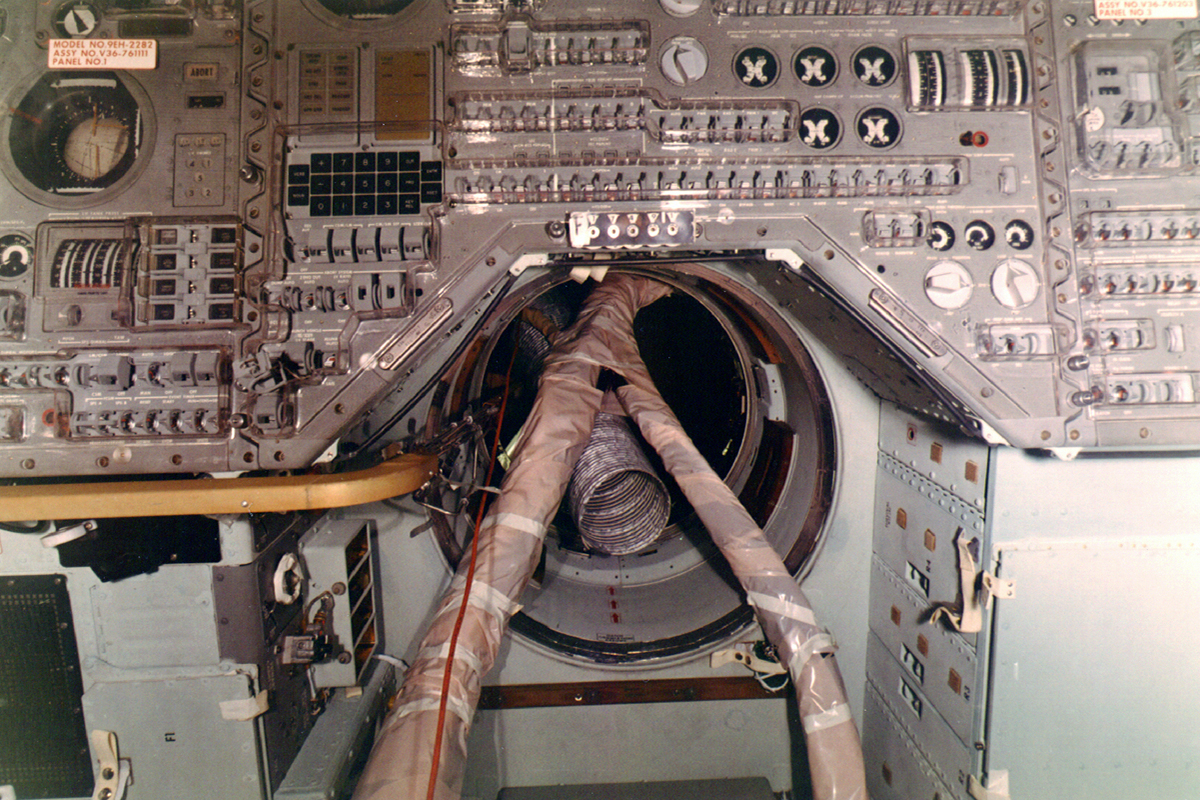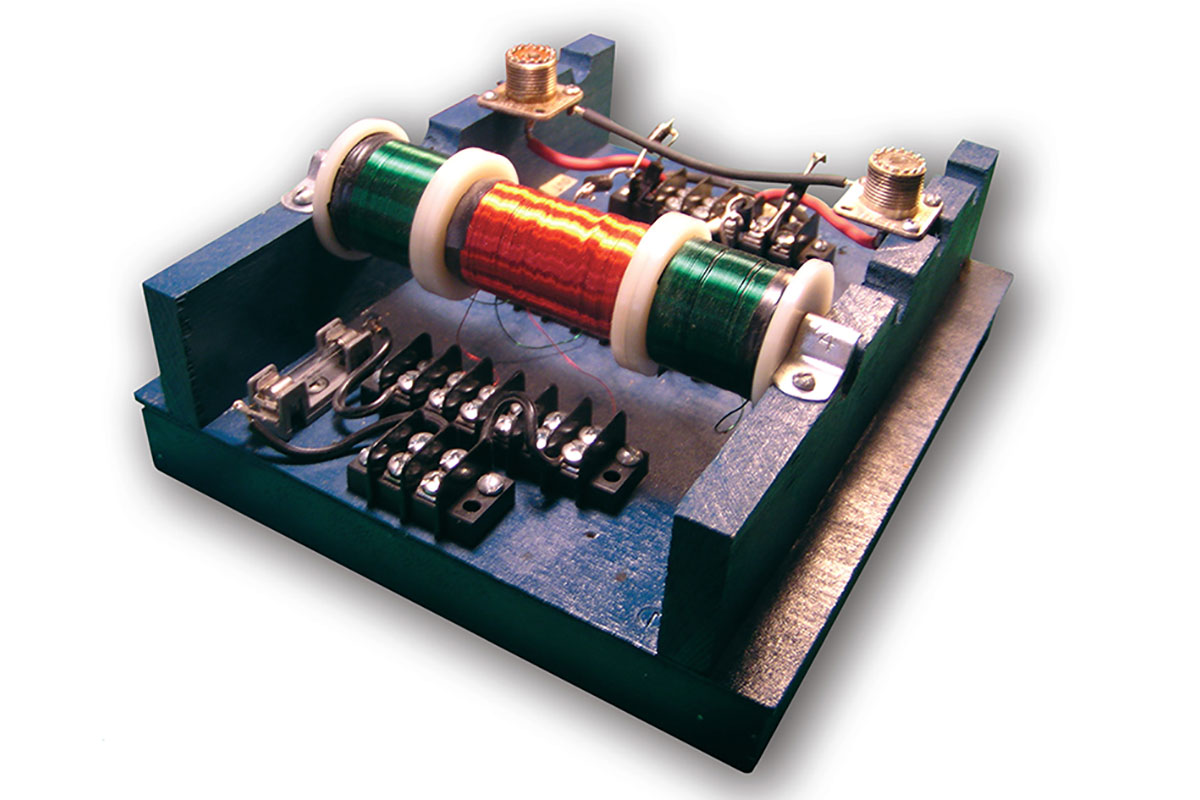During the 1960s, computers occupied whole rooms but had less power than the PC now sitting in your home. There weren’t even pocket calculators back then. And yet, on September 12, 1962, in front of a packed crowd in Rice University’s football stadium, President Kennedy was willing to propose the building of “a giant rocket more than 300 feet tall, the length of this football field, made of new metal alloys, some of which have not yet been invented, capable of standing heat and stresses several times more than have ever been experienced, fitted together with a precision better than the finest watch.” Really, what makes these engineering feats even more impressive was the era in which they were designed.


